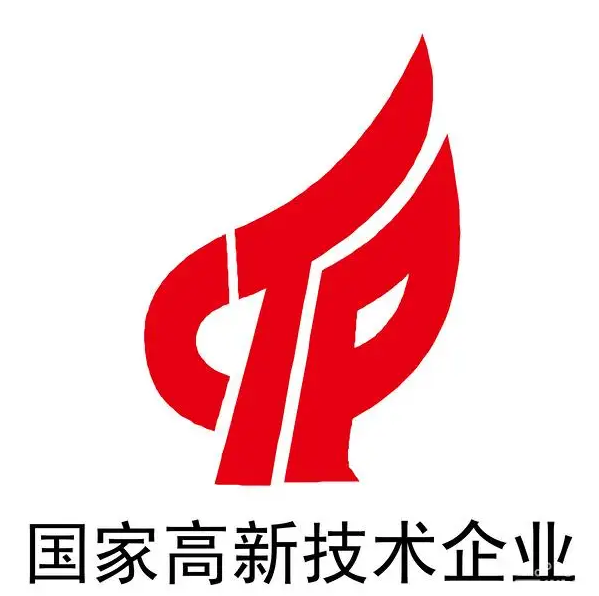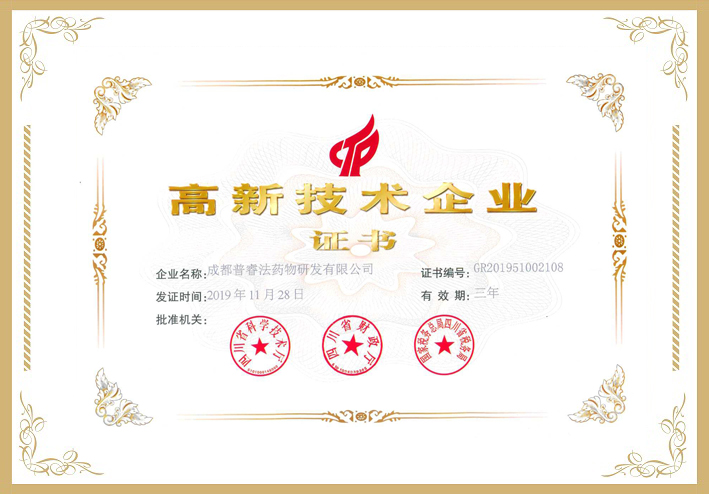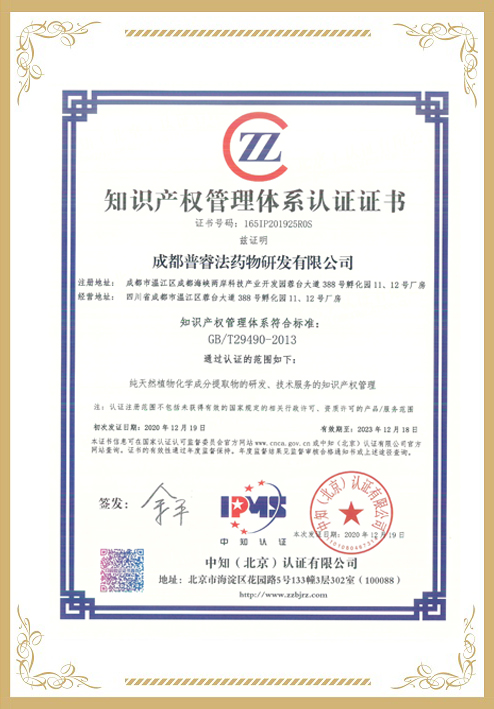Naodesheng Tablet (Naodesheng Pian), a traditional Chinese medicine formula for stroke treatment, is made up of five herbal medicines, i.e., Sanqi, Gegen, Honghua, Shanzha, and Chuanxiong. However, the current Pharmacopoeia quality-marker (Q-marker) system cannot detect possible adulteration. Our study tried to use a new strategy, i.e., standards-library-dependent ultra-high-performance liquid chromatography-quadrupole-Orbitrap mass spectrometry (UHPLC-Q-Orbitrap MS/MS) putative identification, to reconstruct the Q-marker system. Through the strategy, 30 isomers were successfully differentiated (such as 2'-hydroxygenistein, luteolin, and kaempferol; ginsenoside Rg2 and ginsenoside Rg3; ginsenoside Rf and ginsenoside Rg1). In particular, 11 compounds were unexpectedly found in Naodesheng, including 2'-hydroxygenistein, 7,4'-dihydroxyflavone, pectolinarigenin, 7-methoxy-4'-hydroxyisoflavone, scoparone, matrine, 3,3',4',5,6,7,8-heptamethoxyflavone, 5-hydroxyflavone, diosgenin, chloesteryl acetate, and (+)-4-cholesten-3-one. In total, 68 compounds were putatively identified and fully elucidated for their MS spectra. Subsequently, relevant compounds were further investigated using UV-vis scanning experiments, semi-quantitative analysis, and quantum chemical calculation. Finally, five adulterated Naodesheng Tablets were used for validation experiments. The experiment successfully detected five adulterated ones via a lower-version LC-MS analysis. On this basis, three new candidates (hydroxy safflor yellow A (HSYA), citric acid, and levistilide A), along with puerarin and notoginsenoside R1, are re-nominated as the Q-markers for LC-MS analysis. The LC-MS analysis of puerarin, notoginsenoside R1, HSYA, citric acid, and levistilide A can clearly detect adulteration regarding all five herbal medicines mentioned above. Therefore, the reconstructed Q-markers are described as a "perfect" quality control system to detect adulteration in Naodesheng and will offer a valuable recommendation for the Pharmacopoeia Commission.























